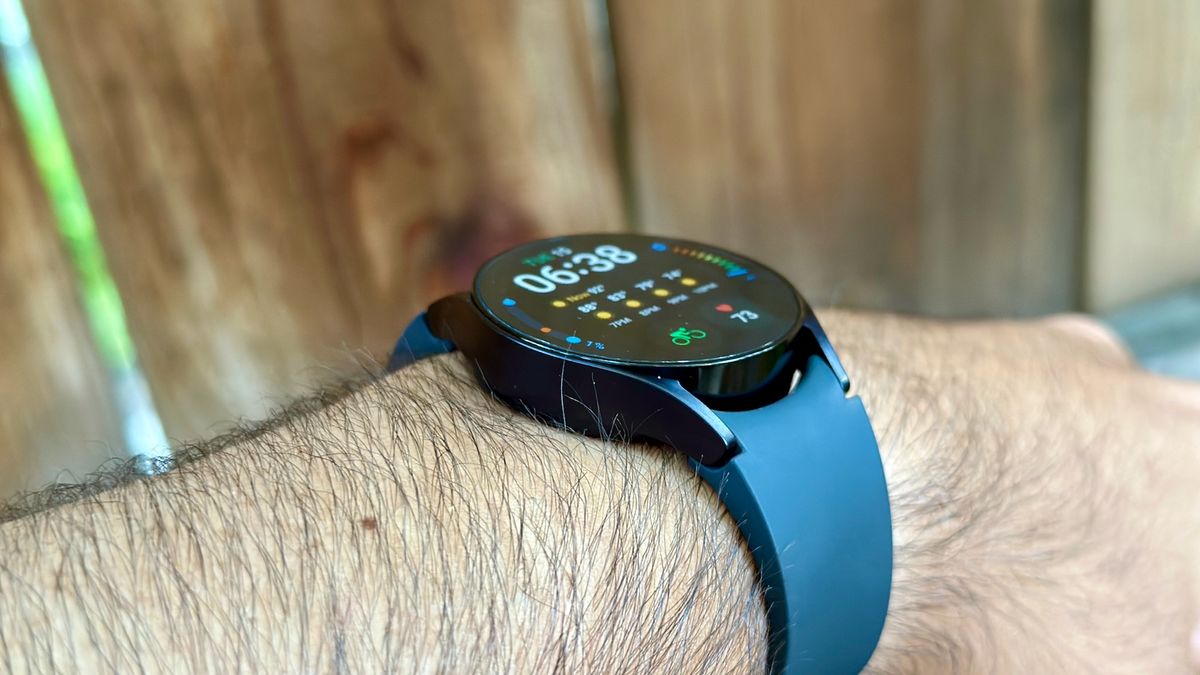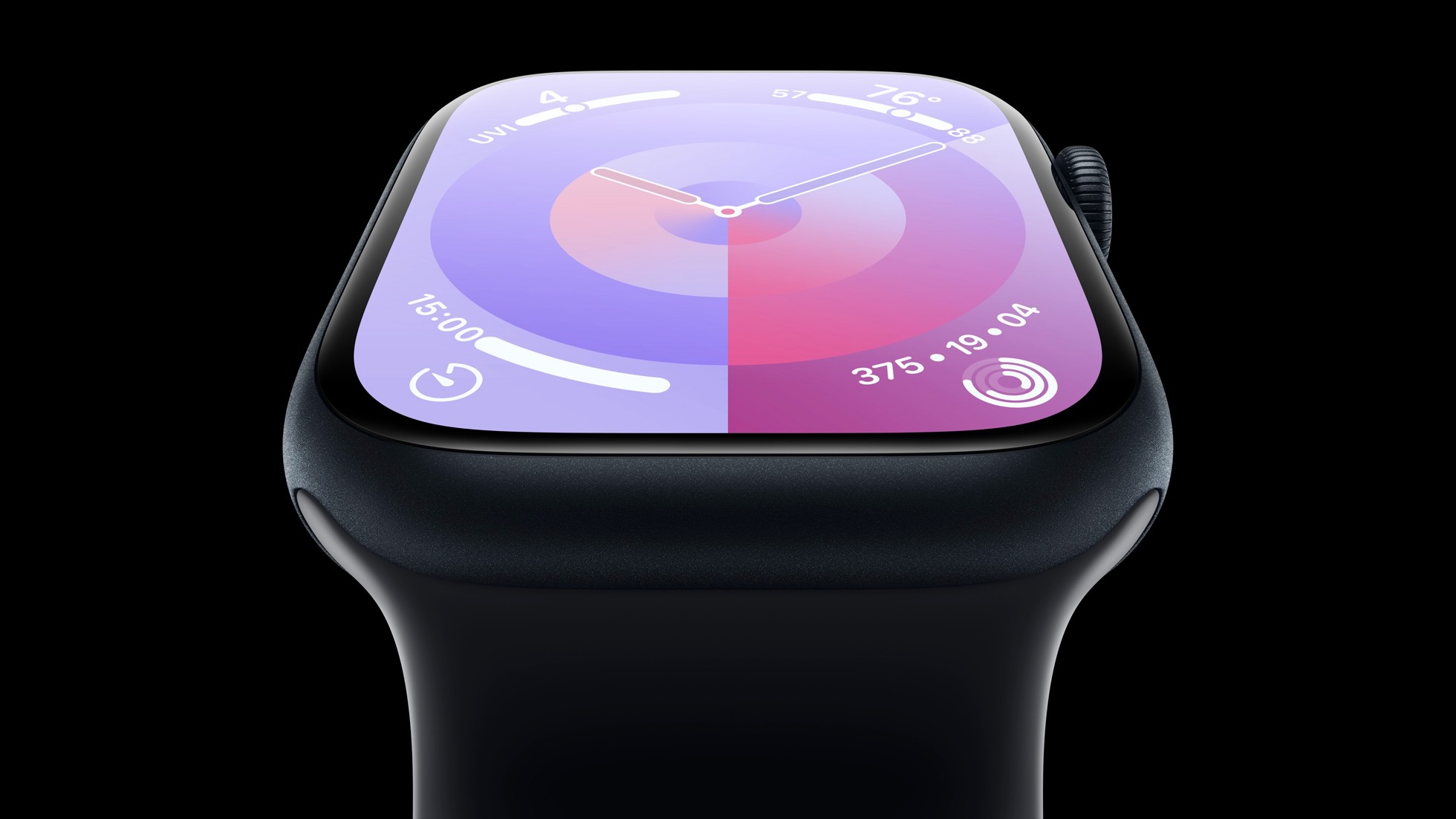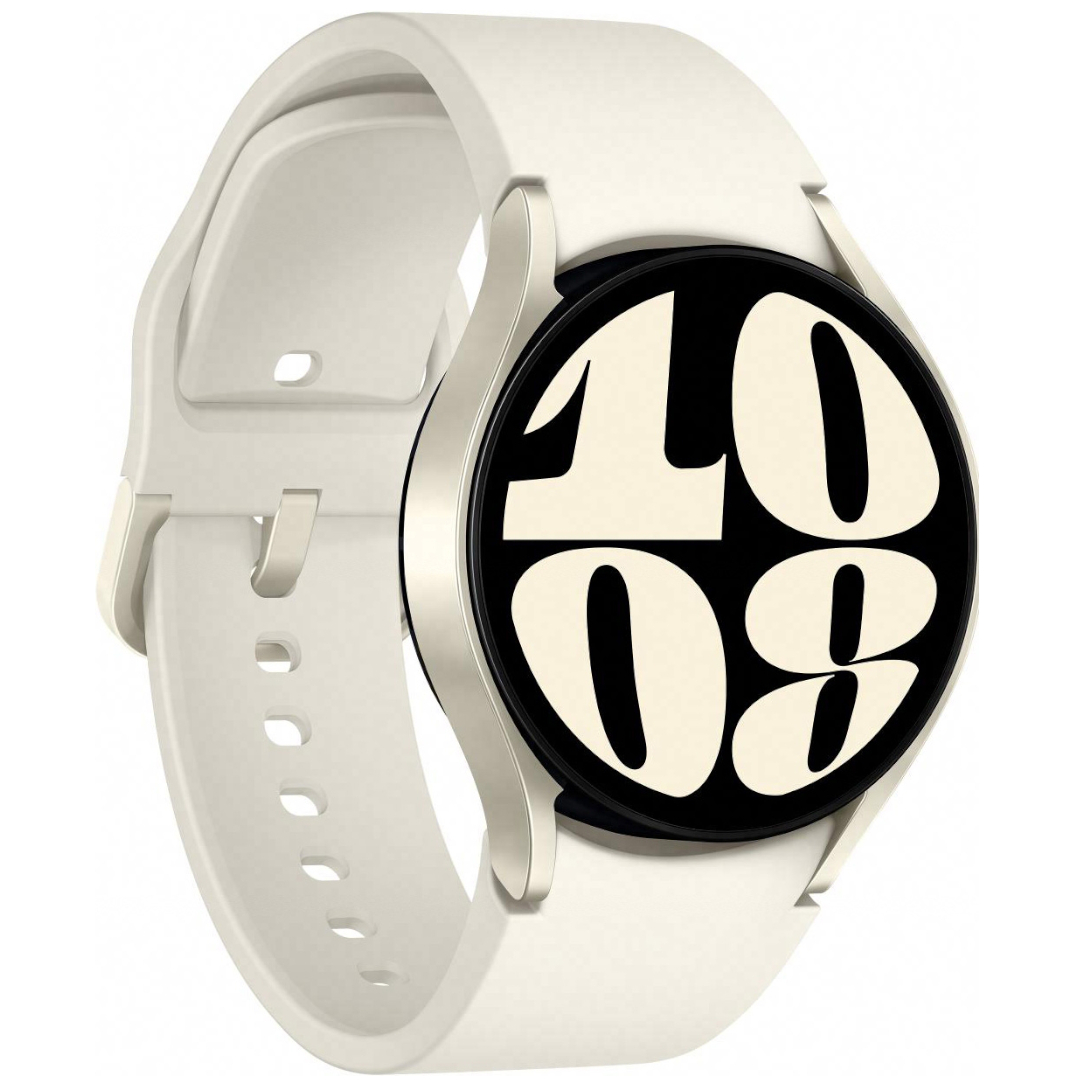
By giving 64GB of storage to the Apple Watch Series 9, the long-time Samsung rival made the recently released Galaxy Watch 6 — with its mere 16GB of storage — look a bit dated by comparison. Not everyone needs a ton of watch storage, to be fair. But Samsung needs to upgrade its watches’ capacity by the next generation.
With any smartwatch, a healthy chunk of storage goes straight to the operating system. WatchOS 10 currently uses about 7.5GB on my partner’s Apple Watch, while Wear OS 4 on the Galaxy Watch 6 uses about 10GB of storage out of the box, leaving only 6GB left for apps, photos, and music files.
When I reviewed the Galaxy Watch 6, this never impacted me. Even after adding a bunch of apps and custom photo watch faces, I still had about 5GB left. If you only use your watch to answer phone calls, check notifications, and track workouts, your storage will remain largely untouched.
So what makes the 64GB Apple Watch Series 9 storage such a boon? It makes it a better standalone device instead of just an extension of your phone.
My colleague Andrew Myrick, who owns the Galaxy Watch 5 and Apple Watch Ultra, tells me that he prefers wearing the latter to play music and podcasts over his AirPods whenever he wants to finish chores outside, without needing his bulky iPhone 14 Pro Max or Galaxy S23 Ultra in his pocket.
Apple reserves 25% of Apple Watch storage for media, so the Series 9 will double that partition to 16GB — equal to the total Galaxy Watch 6 storage. If 1GB equals about 100 high-quality music files, that means you’ll get well over a thousand songs on your watch at once, enough for some great workout or walking playlists.

With your Galaxy Watch, you can save a few healthy gigs of music or audiobooks, but you have to share that remaining space with any apps you want. And that’s a shame because the Galaxy Watch is much better equipped for music streaming than the Apple Watch, and it also lets you save music files to the watch from your phone.
It’s a simple matter of numbers: the Galaxy Watch 6 lasts 40 hours per charge, while the Apple Watch Series 8 has the same 18-hour max as the last few generations. Apple’s battery estimate page claims the Watch Series 9 supports “up to 11 hours” of local music playback, but consider me skeptical you’ll hit that number in normal use conditions. With the Galaxy Watch 6, I’m more optimistic I can stream music for hours to my wireless earbuds and still have some capacity left over.
Both Apple and Samsung sell cellular versions of their watches, letting you stream your playlists remotely. But I’ve heard horror stories about how quickly music streaming burns through any smartwatch’s battery, not to mention any data limits on your cellular plan. I’d still prefer hard storage for any phone-free excursions, and that’s where the Apple Watch wins.
Up until recently, Android smartwatches haven’t offered much storage space; 8GB was a fairly common standard. But in the past year, the Pixel Watch and TicWatch Pro 5 both jumped to 32GB. Samsung, as the highest-selling Android watch brand, clearly didn’t feel any pressure to match this trend, prioritizing a skinnier design.
But by the time the Galaxy Watch 7 arrives, Samsung really can’t stick with the status quo any longer. It needs to jump to 32GB at the very least, and a hypothetical Galaxy Watch 7 Pro model — which would bring back the Galaxy Watch 5 Pro’s 3-day battery life — could match the Apple Watch with 64GB.
Or, if Samsung wants to stay stingy and save money on the base model, it should let hardcore smartwatch fans like Andrew pay a little extra for more storage, just like you can for Galaxy phones.

Despite its lower-than-average storage, the Galaxy Watch 6 is still our favorite Android watch. It offers a thin-bordered, ultra-bright display paired with super-speedy performance and respectable battery life.
